David Aufdembrinke condenses six-week journey across India into four-minute music video
Music: German director David Aufdembrinke created the video for Alban Endlos' solo debut by transferring documentary footage from India onto an old video tape and manipulating it using magnets.
Aufdembrinke, also known as DAV.ID, recorded 10 hours of digital video footage and took 12,000 timelapse images to produce the video for Umda.
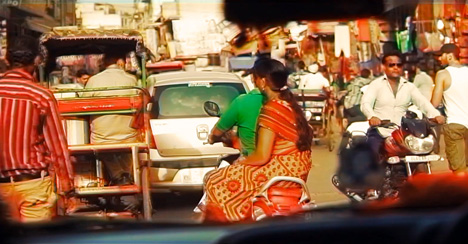
He cut together the footage from the six week journey into a procession of rapidly changing images, and then transferred the results onto VHS video film for added distortion.
The song is the first release from Goldene Welt, the debut solo album by Hamburg-based electronic artist Alban Endlos.
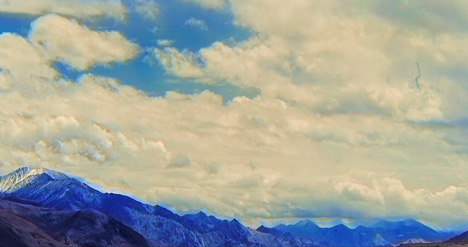
Endlos and Aufdembrinke were already friends, and the pair wanted to develop an idea that would be cheap to produce but deliver enough impact to be noticed online.
"I found out that Umda – a title he chose just for it's phonetic sound – was actually a Hindi word meaning excellent. I always wanted to travel through India, and thus the concept was born," explained Aufdembrinke.
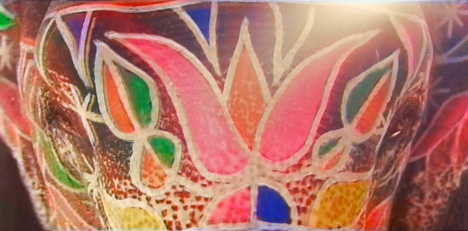
"I knew from the start I wouldn't be able to stage anything, so I came up with some visual concepts that I could execute in a documentary-style of shooting."
The ad-hoc nature of filming while travelling meant that a lot of the shots would have to be steadied in post-production, and the images might lose some of their quality. Aufdembrinke decided to make a feature of this and investigate how the footage might look when recorded onto a video tape, with the particles of the film then manipulated by hand using magnets. This process would determine the final colours and visual effects.
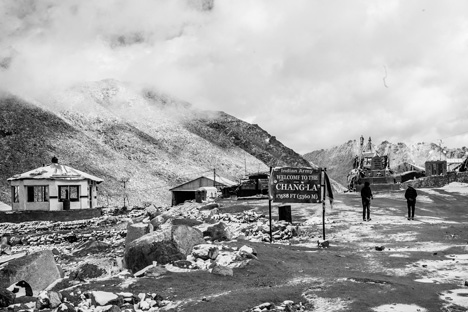
"I had just found my old VHS-recorder in my mother's basement and was looking for a way to apply it to a project," he explained. "But to be honest, I had no clue how this video would work out."
To keep his baggage light, Aufdembrinke assembled a minimal camera kit that included a Sony A7, three old Nikon lenses and a single tripod. The relatively low value of the kit also allowed him to take risks with shooting that he would have otherwise avoided, including attaching the camera to the end of a two-metre-long stick for filming out of the window of a moving train.
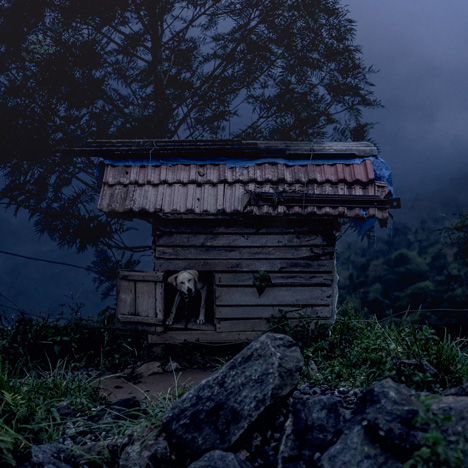
"The manual Nikons attached to the classically-designed camera body gave the impression of an analog photo camera, which was a great disguise," said Aufdembrinke. "People react differently if they think you're photographing them than if they know you're filming them."
The journey started in New Dehli, taking in Manali, Ladakh in the Himalayas, Jodhpur, Jaipur, Varanasi, Chennai, Quroville, Munnar and Kochi. Most of the shots were unplanned.
The footage was assembled with match cuts – putting together shots where the end of one and the beginning of the next were graphically similar.
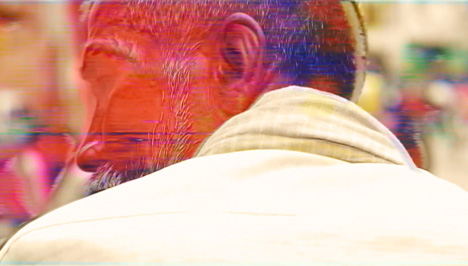
Aufdembrinke edited the images using Adobe Premiere, with the clips transferred into film processing programme After Effects using a piece of software called Dynamic Link and then transferred back after they had been treated.
He used a stabilisation technique he had developed for steadying hyperlapse footage as part of an earlier project.
"I created the first 30 seconds as a test, involving the creation of the 'Umda' logo that I painted by hand, animated in After Effects and then exported into an eight-colour gif animation that fitted the visual style of what I had experienced in India," he said.
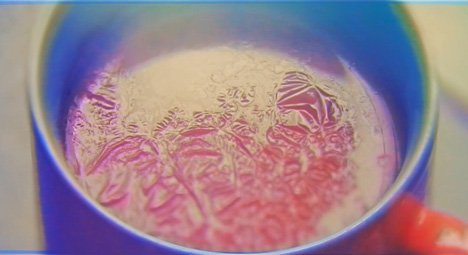
The speed of the changing scenes was inspired by fast-paced cartoons he had watched with his godchild.
"I tried to see if I could guide the viewer's attention by showing shots so short you can perceive but not understand them completely when watching them the first time. I called the technique ADD-editing," he explained.
"Inspired by the disregard of pixel resolutions I had witnessed in Indian designs and videos, I also allowed myself to use every effect I could find in the editing suite, but no other post effects. This meant I could scale the digital zoom up to 600 per cent – the limit in Premiere – and reframe a lot of the shots that wouldn't have matched otherwise."
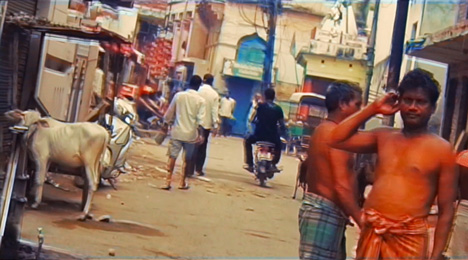
The resulting edit was then recorded onto old video tapes, with additional effects created by cutting up one tape, and running magnets across the surface of the other. These distortions were the only colour changes applied to the film.
"I used two tapes and two strengths of magnets for the process, opened the tape and started to experiment," explained the director.
"I had one copy, which I would cut, crumble and paste to see if the effect was what I wanted and the tape was still working afterwards, and one master-tape on which I applied the effects after the successful testing."
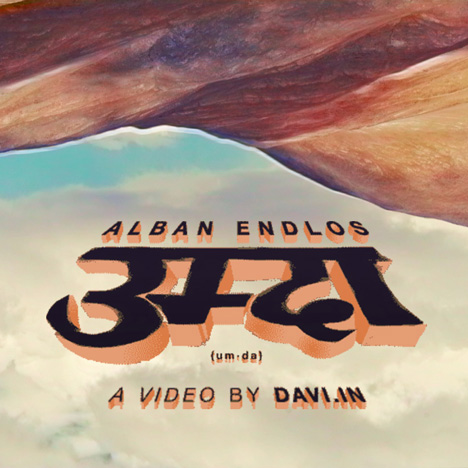
The final tape effects were recorded back into digital to produce the final high-resolution video. This process created some unexpected effects.
"'Errors' appeared, like the hi-fi symbol being superimposed on the screen after a larger magnetic distortion," said Aufdembrinke. "This was for me a striking comment on the image of the children literally living in the tube behind them."
"It summed up the whole concept. Looking at the visual quality-standard around the internet today this VHS-look probably was to be considered 'shitty' by many viewers," he added. "Yet my 20-year-old VHS-recorder was still pretty hi-fi compared to what the children in the picture had. Still these children laughed more than most people with several flat screens and Blue-Ray-players do around here."